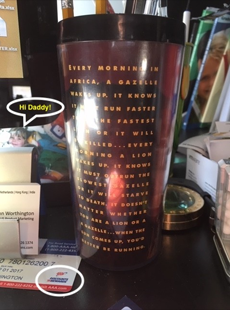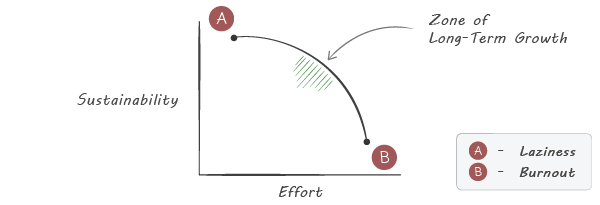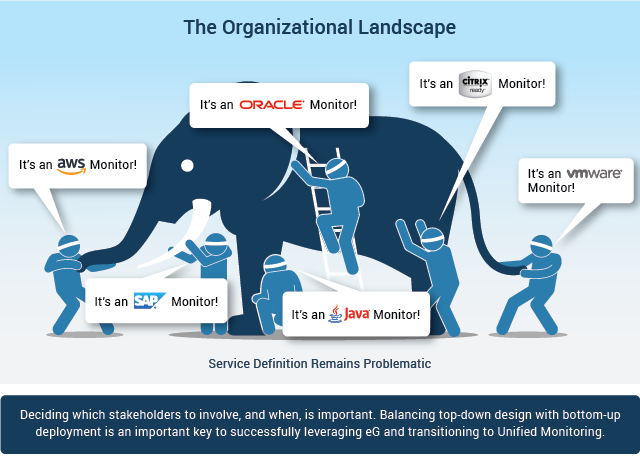 I have a coffee mug on my desk that I got from a sales manager many years ago. It’s now filled with pens (I don’t drink coffee), but I take a look at it once in a while.
I have a coffee mug on my desk that I got from a sales manager many years ago. It’s now filled with pens (I don’t drink coffee), but I take a look at it once in a while.
I was starting to think about IT transformation again and noticed a picture of my daughter and an expired AAA card (I might have been thinking AARP) as I looked at that old mug… it reminded me I’m not getting any younger.
But it also reminded me of a paradox of culture change.
Organizations are being infused with new, younger lions. The good news is they often embrace change, but the flip side is they may not have the slightest interest in understanding the lessons of the past.
While many old lions cling to the “old ways,” they do know their way around the jungle. They are able to compensate their loss of speed through recognizing where the dangers are — the quicksand and the cliffs.
But everyone — lions or gazelles, young and old — has natural limits to what amount of change they can accommodate. As IT faces increasing pressure to accelerate transformative change, the paradox of behavior change can trigger people’s natural tendency to seek stability.
Understanding your organization’s optimal rate of growth/change (and why) is an important element of establishing unified monitoring in an organization. Smaller, incremental changes are often a faster path to sustained change than big bangs.
“When eating an elephant take one bite at a time.” – Creighton Abrams
Taking smaller, incremental bites of the elephant is a way of avoiding people’s natural tendencies to emerge by finding where your organization’s “zone of growth” is.
Unified Monitoring’s Impact on Organizational Change
I’ve ranted about transparency before. On the surface, providing everyone with a single pane of glass sounds like an easy, quick way to get everyone on the same page. But after 15 years of pioneering unified monitoring, we’ve learned some painful lessons about changing organizational behavior.
Monitoring’s broad scope presents stakeholder challenges
- – Analysis paralysis
- – Fear of change and conflict
It’s very common for customers to begin the journey with eG Enterprise with a focus on a specific technical domain. After all, you have to start somewhere. But those customers who recognize the importance of a services-oriented context and begin to take an incremental approach to expanding the scope of the monitor, get greater value out of their investment.
In the webinar How to Achieve a Single Pane of Glass for Performance Management, we outlined some good practices for establishing road maps that use some proven techniques for managing organizational change at every level. We’ve found that customers who look beyond the initial deployment face less resistance, achieve ROI in less time, and increase the value of investments in unified monitoring than those that do not.
They also learn the paradox of change, which has organizational impacts well beyond monitoring. They are able to skillfully utilize both old and new lions in a way that benefits both and, more importantly, begins to expand their tolerance for change.
At the end of the day, this is really the only way to accelerate transformative change.
eG Enterprise is an Observability solution for Modern IT. Monitor digital workspaces,
web applications, SaaS services, cloud and containers from a single pane of glass.






